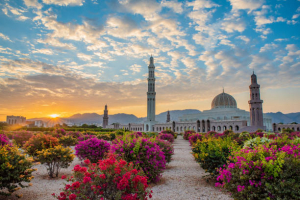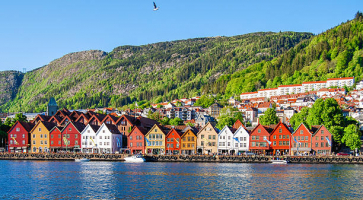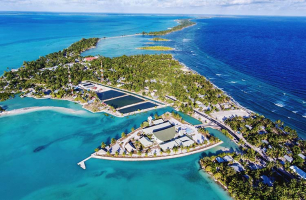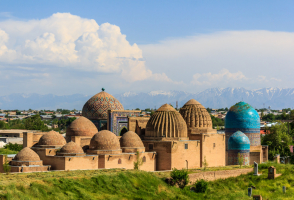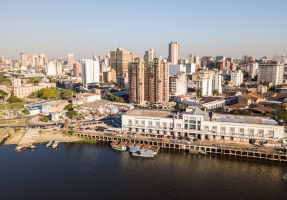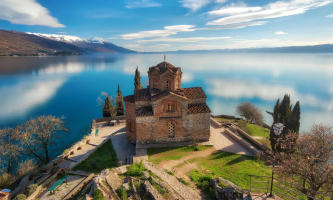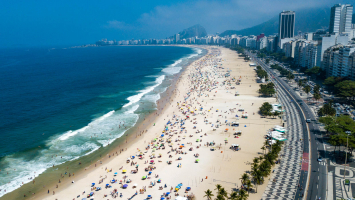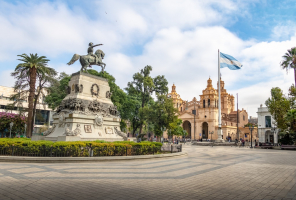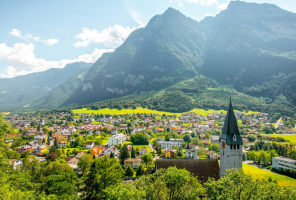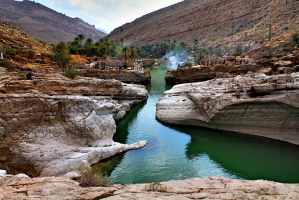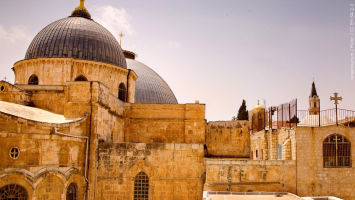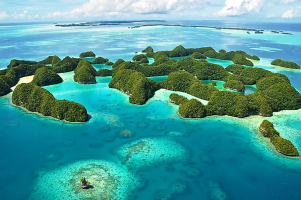Top 7 Reasons to Visit Tajikistan
Tajikistan is one of the Central Asian nations bordering Uzbekistan, Kyrgyzstan, China, and Afghanistan, among other nations. On the map, Tajikistan is ... read more...situated in a highly advantageous location. The country is exceptional for its uncultivated pearls, sparkling lakes, and imposing mountains. Here, you will learn about Tajikistan's distinctive culture, age-old traditions, and people, as well as the long history of the entire nation. Here are various reasons to visit Tajikistan.
-
Today's Tajikistan is an outstanding nation that blends a distinct historical setting, untamed nature, and forward-thinking development. The Republic of Tajikistan is well known for its many centuries of Tajikistan history, and you may delve into this eastern nation's past at every turn. That is one of the many reasons to visit Tajikistan. Here, the customs and cultures of the entire Central Asian region with Persian heritage are blended. The oldest city in all of Central Asia is located in Tajikistan, and its name is Khujand. The city of Khujand, which is situated on the Great Silk Road, has a history of more than 2500 years and has always been a city of artisans, soldiers, and traders.
By the way, Khujand is a city situated directly alongside the Syr Darya River. The magnificent city defeated Alexander the Great's army, repelled Genghis Khan's army, chased away Arab invaders, repelled the attacks of tsarist Russia, and survived hundreds of conflicts. Here, historical monuments that date back centuries have been maintained. The streets of Istaravshan are the ones that visitors should specifically walk through. The Samanid dynasty's rule saw the city rise after periods of ruin and rebirth. The once-proud Istaravshan is now a museum city.
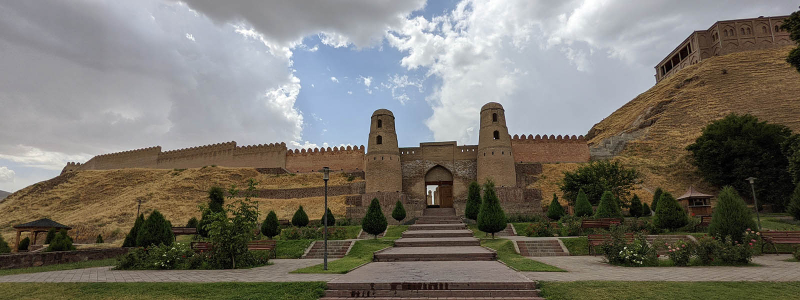
https://trektajikistan.com/ 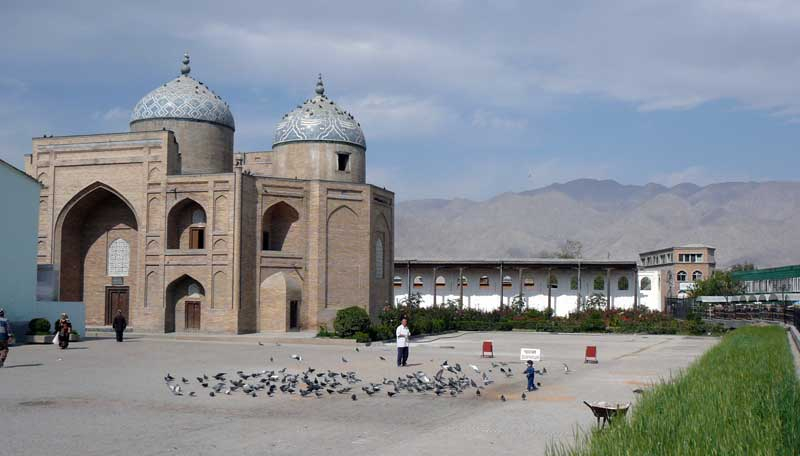
https://trektajikistan.com/ -
Tajikistan has a subtropical climate, which implies that temperatures rarely fluctuate and that there is little precipitation.At lower altitudes, Tajikistan, a nation in Central Asia, experiences an arid continental climate with moderately chilly winters and extremely hot, bright summers. Due to the country's hilly terrain, height and slope exposure affect both temperature and rainfall. The easternmost and southwestern regions are the driest and are practically deserts; at high altitudes, there are vast glaciers and snowfields. Winter snowfall in the mountainous regions (Alaj-Turkestan range in the north, Pamir in the east) feeds the rivers, particularly the two major rivers of Central Asia, the Amu Darya in the south and the Syr Darya in the north.
If you’re heading over the Pamir Highway, the best time to visit Tajikistan is from late May until late September; you’re going over very high mountain passes, so outside of that period it’s potentially snowbound and inaccessible. Hot and sunny July is peak time to head for the mountains, while down in Dushambe it’s stiflingly hot. If you’re going to combine mountain trekking with some culture in the cities below then late April to May is spot on – it’s colder at night as you climb higher, but it won’t be like a furnace on the ground making museums a much more comfortable experience.
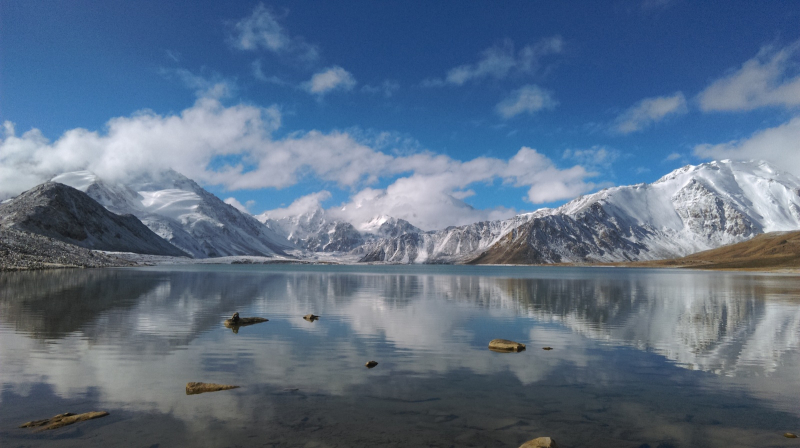
https://indyguide.com/ 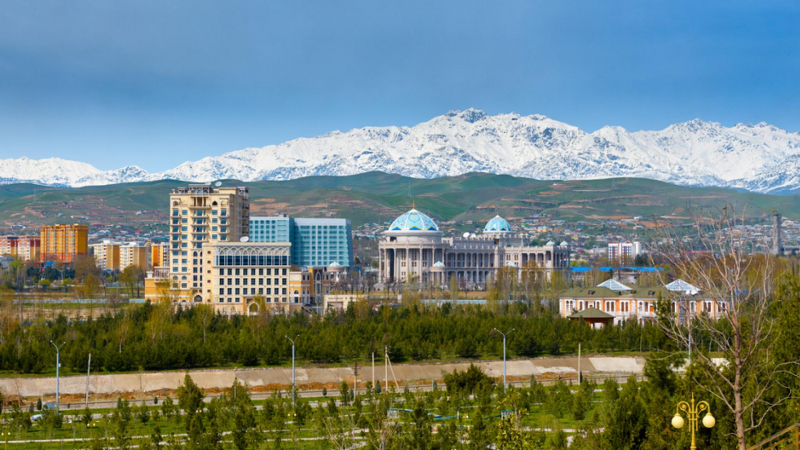
https://indyguide.com/ -
Despite the fact that people know relatively little about the Republic of Tajikistan, there are many locations there that are worth seeing. Do not undervalue this unusual nation. The tourism destinations in Tajikistan are genuinely alluring and fascinating. There are several natural locations in Tajikistan that are well worth visiting if you want to experience life-changing feelings. The Gorno-Badakhshan Autonomous Region's Lake Karakul is notable for having waters that are so translucent that the bottom can be seen up to nine meters beneath the surface. The lake is 380 square kilometers in size and is hidden within the mountains at a height of more than three kilometers. During your holiday, all you can hear are the sounds of nature. Residents of large cities travel here to unwind and take in the peace and beauty of Tajikistani nature. Whether you choose to swim in the lake depends on your personal preference because the water temperature at Karakul Lake never rises above 10 degrees throughout the year.
The Fann Mountains are the Republic of Tajikistan's second natural attraction. Samarkand is the quickest and easiest route to get here, but the entire journey is worthwhile! The Pamir-Alai system includes the west of the country's Fann Mountains, which are defined by a distinctive network of stormy rivers, mountains, crystal-clear lakes, and their glaciers. Athletes and aficionados of extreme amusement, like rafting and trekking, will find recreation here appealing. Here, areas that are well-liked by tourists and travelers have established transportation and tourism infrastructure. There are several hotels, eateries, and locations where you may rent a variety of sporting goods all across the mountain area. Additionally, we appreciate the kind service and affordable prices for entertainment and traditional Tajik cuisine.
If you admire the natural beauty of Central Asia, you should also check out the Tajik National Park. The national park is situated on a vast area that spans more than 2.5 million hectares. The national park area draws eco-tourists from all over the world because it offers the cleanest air and unspoiled nature. Despite the Republic of Tajikistan's tiny size, it has a wide variety of natural tourism sites that appeal to visitors of all tastes.
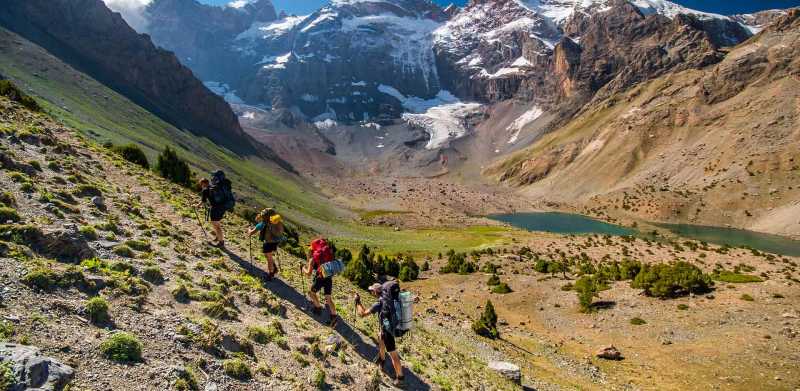
https://www.naturescanner.nl/ 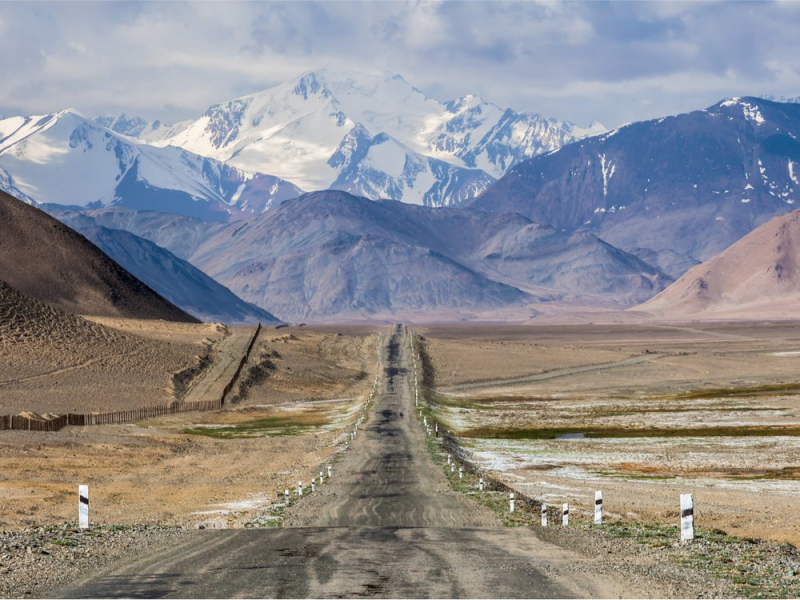
https://www.naturescanner.nl/ -
Yes, despite being a small nation—one of the smallest in all of Central Asia and the CIS—Tajikistan boasts a limited number of historically significant and intriguing tourist destinations. With a height of 165 meters, the flagpole in Dushanbe, the capital of Tajikistan, is one of the tallest in the world. Specialists from Dubai designed and made this flagpole, which was then mounted on a specific design. The Palace of Nations is close to a flagpole. You can research and learn about Tajikistan's history throughout the ages at the National Museum of Tajikistan. Various historical and geological collections from various expeditions are on display in the museum. Since many of Tajikistan's mountain systems, notably the Pamirs, have not yet been fully explored, the museum's holdings are constantly being updated.
A defensive fortification for the city of the same name, Khujand fortress was constructed in the fifth or sixth century BC amid the incursions of Genghis Khan's horde. The Hissar fortress is a ruin that dates back more over 2,500 years, however the citadel's ruins are still in pristine shape. The Buddhist monastic community's home base is in the region of Ajina-Tepa. In the first decade of the 1960s, the monastery was excavated. The greatest Buddhist statue in all of Central Asia, a majestic statue of the Buddha, has been kept in the monastery.
An ancient settlement called Sarazm was located there during excavations a little more than fifty years ago. Here, a tiny portion of the walls has been preserved, and numerous working tools and household artifacts were discovered during the archaeological dig. The UNESCO World Heritage Organization has declared the site and the surrounding area to be protected. Ismail Samani's memorial is in Dushanbe, the capital of Tajikistan. It is a memorial built in 1999 to honor the Samanid dynasty's Emir Abu Ibrahim Ismail abn Ahmed. This king established Tajikistan, which has Dushanbe as its capital and is one of the most powerful states in Central Asia. The Kyrgyz city of Osh and the Tajik city of Khorog are connected by a high-altitude route known as the Pamir Highway. The total route is around 700 kilometers long. The "Martian" plains on this tract make it the most scenic road in the entire globe. The road is built across difficult mountain ranges, plateaus, and abyss gorges.
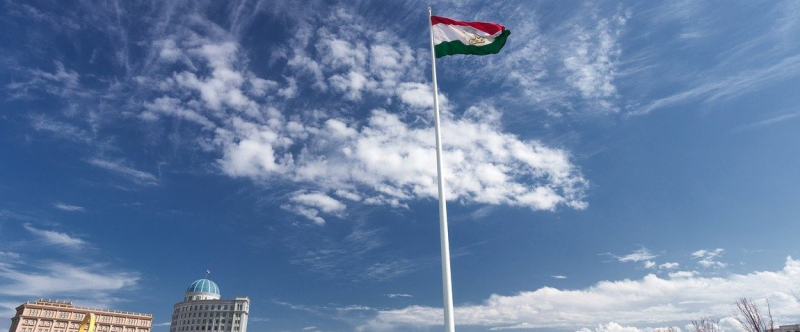
https://pickvisa.com/ 
https://pickvisa.com/ -
One of the oldest cuisines in the world is Tajik cuisine. It is one of the many reasons to visit Tajikistan. Because the area is so rich in history, the Tajik Republic's cuisine has developed over many centuries. Sambusa varaki is a puff pastry filled with meat, pumpkin, or herbs and cooked in a tandoor. It is incredibly tasty and filling. The dough is the most crucial component of this Tajikistani delicacy, and each hostess has a unique recipe for it. In Tajik, kurotob is a dish that is both filling and light. Fatir puff pastry and a fermented milk item that resembles ground cottage cheese with milk or kefir are the key components of this dish. A creamy rice soup called mastova is also offered in Uzbekistan. The finest lamb and a good piece of "deuzer" of the best grade are both included in the filling meal known as "mastava." Tajik shurbo is a hearty, salty soup that includes cooked meat and vegetables. Although it is a well-known meal throughout Central Asia, there are certain variations and family-specific secrets to the recipes.
Oshi Tupa is a national dish from Ossetia that is similar to Uzbek lagman and Kazakh and Kyrgyz beshbarmag. The main ingredient in Oshi Tupa is handmade dough, which is sliced into squares or wide noodles and included in the gravy-meat broth together with beans, chickpeas, and numerous other legumes that have been pre-soaked. Fresh herbs are added to the dish when it is finished cooking, and the dish's consistency is often thick. Manta rays are also well renowned for their delicious, steaming mantovarke dumplings. Typically, the filling consists of lard, pumpkin, and meat. Lamb and beef are commonly used to make the meat filling. When rolling out, the dough should become thin and elastic. Ugro-pilaf is a traditional pilaf with the addition of wheat noodles, or regular noodles if there is no ugro on hand when cooking.
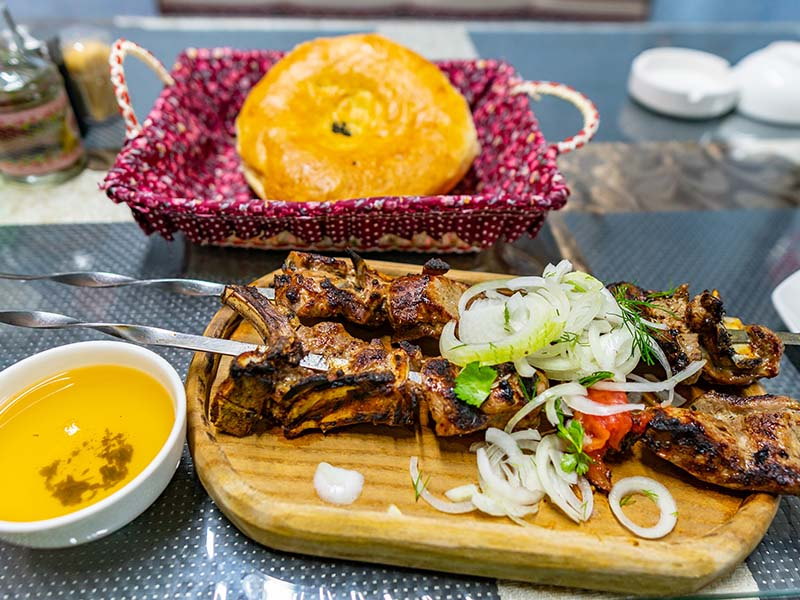
https://www.advantour.com/ 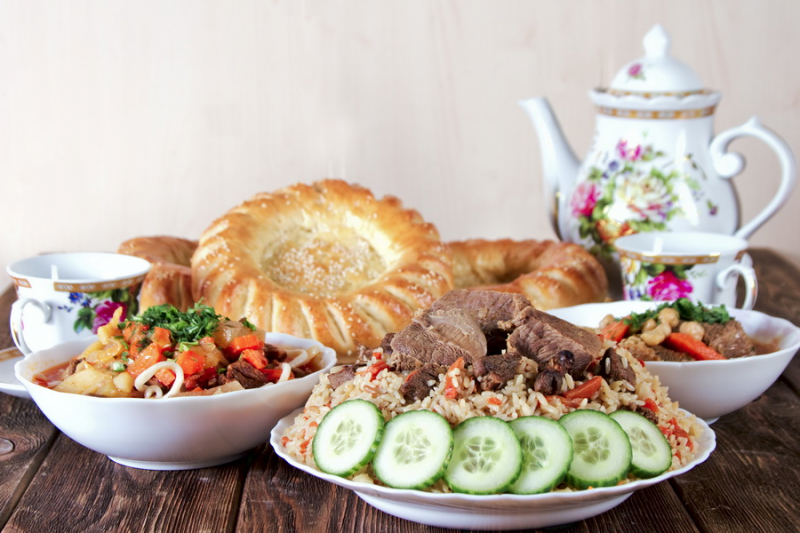
https://www.advantour.com/ -
As different as its lofty mountains is Tajikistan. A nation situated along one of the many Silk Road routes would undoubtedly be quite diversified given all the visitors who have gone through and even resided there throughout time. And it is one of the many reasons to visit Tajikistan.
The ethnic Kyrgyz still live as nomads in the eastern portion of the GBAO territory, and the Wakhi people, who practice Ismailism and speak Wakhi, live in the Wakhan Valley. People who identify as Pamiris can be seen in Khorog; they speak a language that is related to Tajik but clearly separate from it. Ethnic Tajiks from the west of the country can be seen riding horses in the earthquake-stricken Bartang Valley.On the southern slopes of the Zeravshan Range, in the Yagnob Valley, you can travel back in time. Despite their sad past, the Yagnobis still speak their original language, and some of them have even started to live more like their ancient Sogdian predecessors did. In this region, there are about 10 communities that speak old languages and follow pre-Islamic beliefs.
Along with Chinese migrant laborers, people of Russian heritage who have lived in Tajikistan since the Soviet era also call it home. It is the most culturally diverse of the former Central Asian Soviet Republics, despite being the smallest. Additionally, there is a sizable Tajik population abroad, particularly in Afghanistan and Russia.
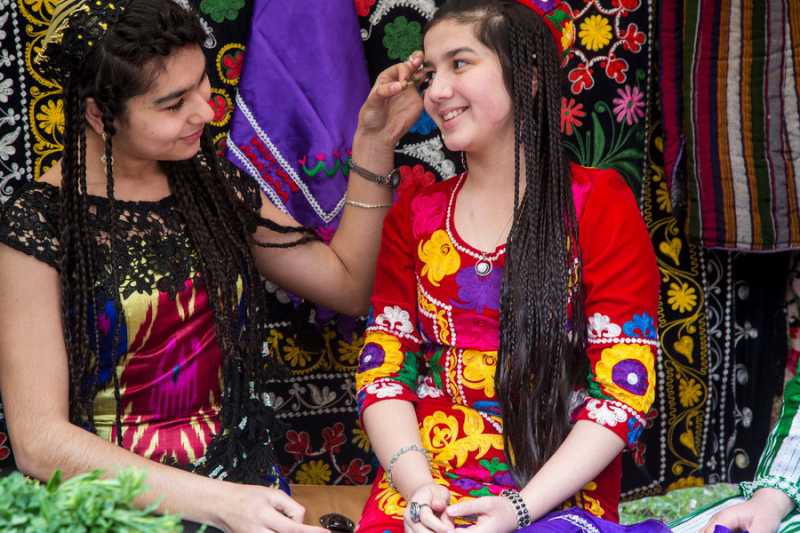
https://www.advantour.com/ 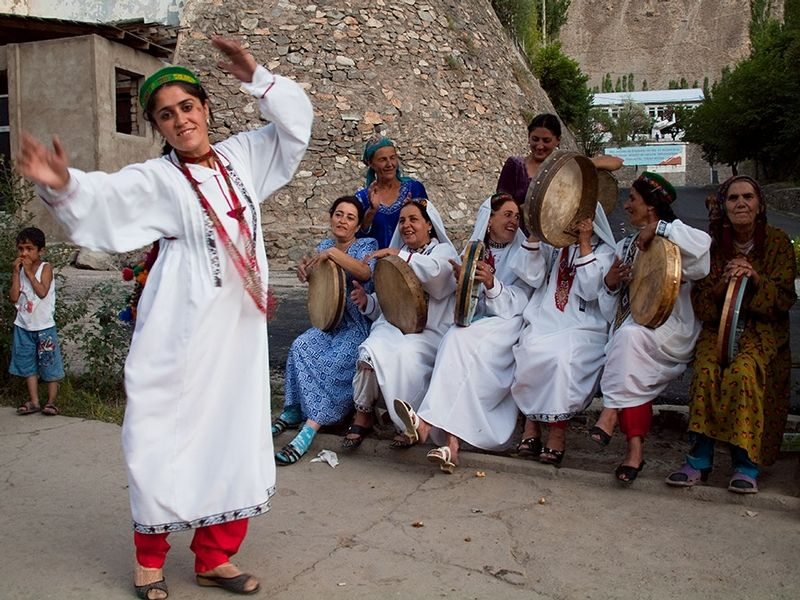
https://www.advantour.com/ -
This fascinating and diverse nation is united by its people, which is one of the many reasons to visit Tajikistan. You will be greeted by strangers all throughout Tajikistan who will do whatever to demonstrate your unmatched friendliness. The locals consider visitors to be gifts, and they will go to great lengths to make sure you are well taken care of. The quality of hospitality among Tajiks has earned legendary status. The kindness of the people, according to many visitors who come to Tajikistan for the natural beauty and return, is their best memory of the nation. You'll feel as though you can't travel an inch without running into the friendliness that Tajikistan is known for, from afternoon tea while you watch the day go by to a vintage-style Cognac night out with your host family to welcome you to their lovely nation.
People will care for you, and take you into their own homes. You'll get plate after plate delivered to you, followed by dessert. Economically speaking, Tajikistan is the least developed nation in the area. People will incur debt as a result of your hospitality, so you should offer your host some Somoni (cash). If they decline, give the cash to the oldest child or bury it elsewhere in the home. later find home
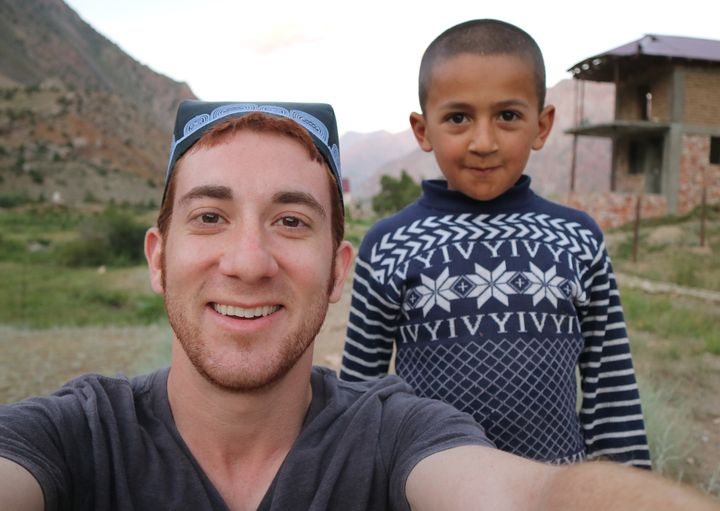
https://www.huffpost.com/ 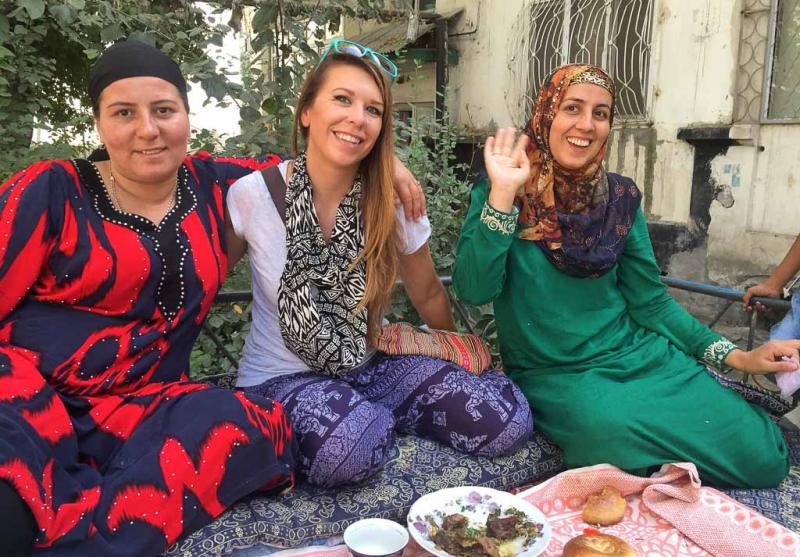
https://www.huffpost.com/











